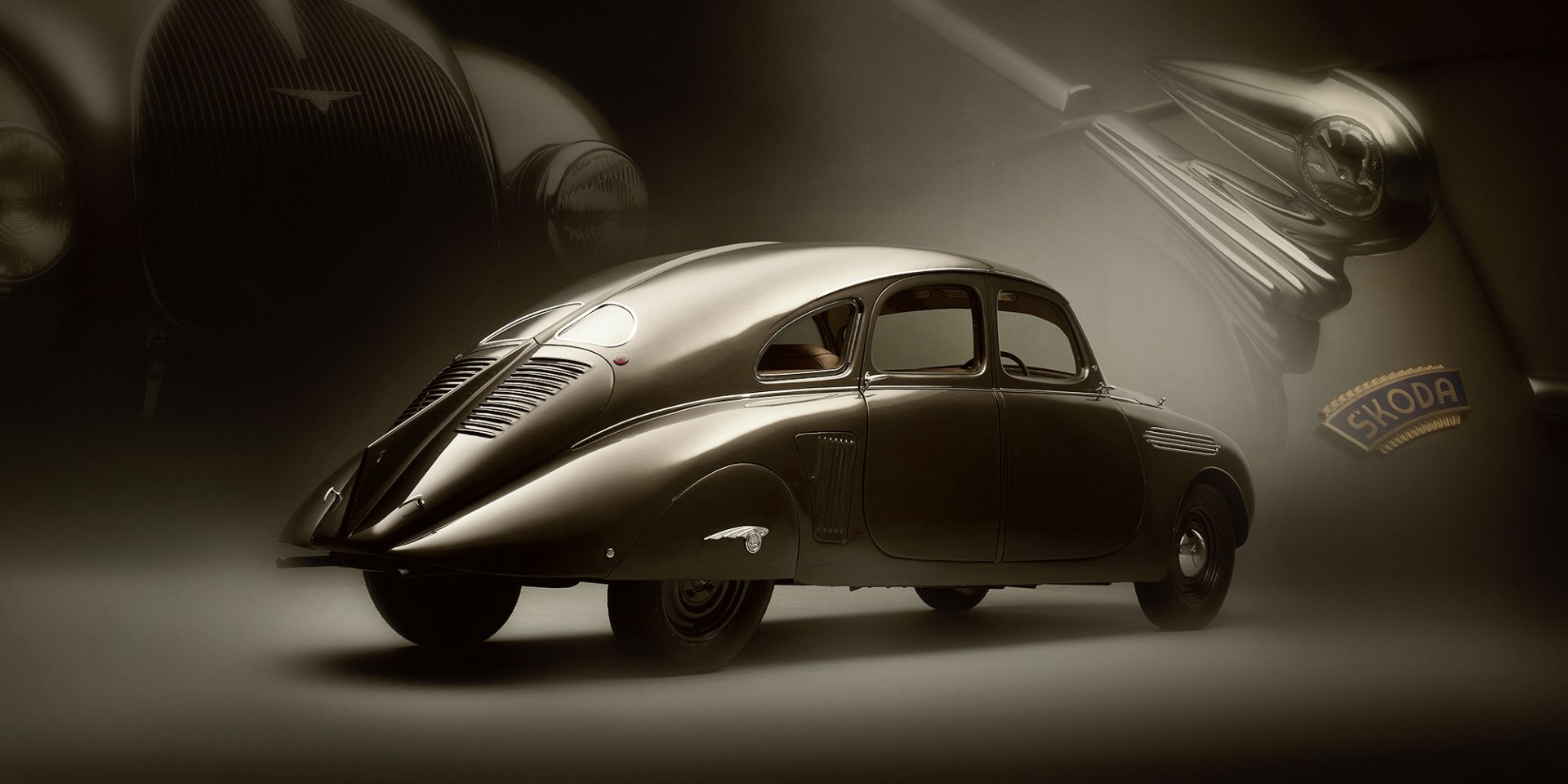Teardrop Cars

Aerodynamically, the shape of a drop of water faces the least air resistance, so in the years running up to the Second World War, numerous ŠKODA vehicles strove to replicate this “teardrop” look.
27. 3. 2018 Classic carsMedia Box
12 images
Show more
Show less








































